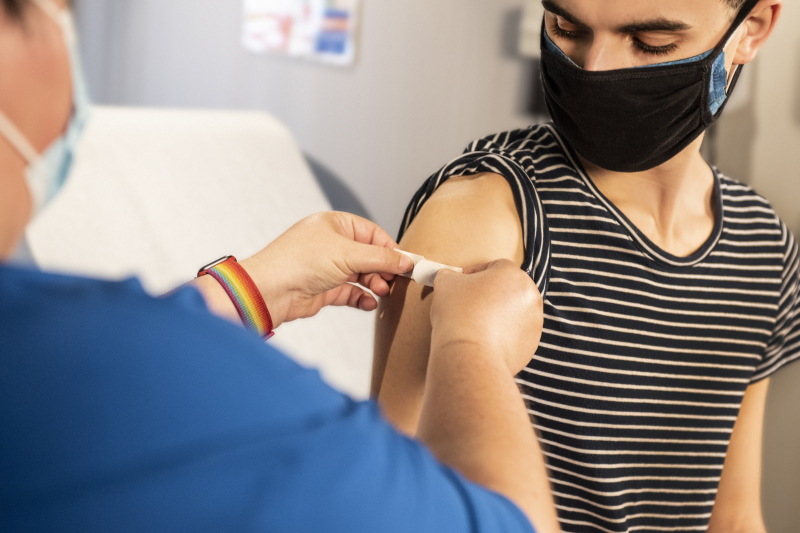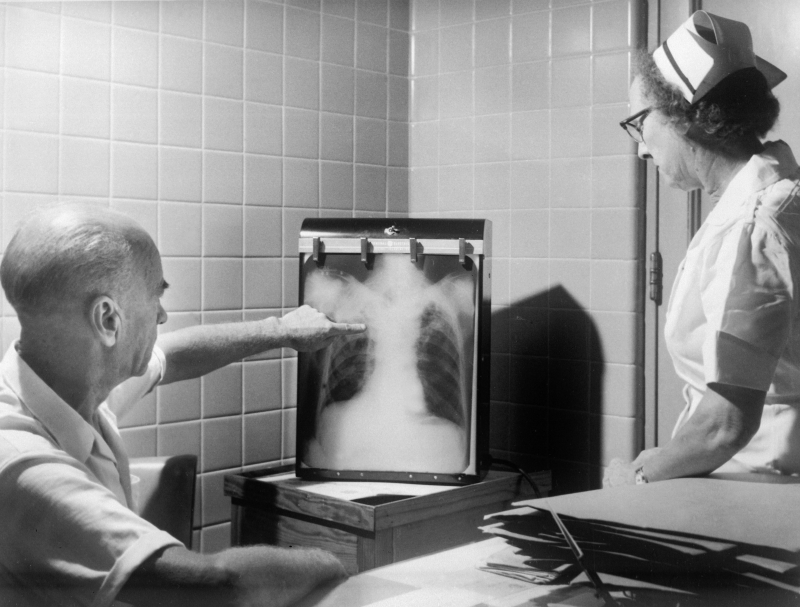Kevzara side effects

Kevzara's side effects can range from minor to severe. Some of the most significant side effects that could happen while taking Kevzara are listed in the lists below. These lists do not cover every potential adverse effect. Consult your doctor or pharmacist for more details on Kevzara's potential side effects. They can offer you advice on how to handle any uncomfortable side effects.
More common side effects
- redness, rash, or itching at the injection site
- upper respiratory infections, such as a cold
- urinary tract infections
- increased levels of cholesterol or triglycerides (a type of fat)
Most of these side effects should subside within a few days or weeks. Consult your doctor or pharmacist if they become more severe or do not go away.
Serious side effects
Serious Kevzara side effects are uncommon, but they can occur. If you experience severe side effects, contact your doctor immediately. If your symptoms are life-threatening or you believe you are in a medical emergency, dial 911. The following are examples of serious side effects and symptoms:
- Blood conditions like thrombocytopenia (decreased levels of platelets, a type of blood cell that helps blood clot) and neutropenia (low levels of white blood cells). Some symptoms include: fever, diarrhea, cough, shortness of breath, belly pain, bruising easily, bleeding easily
- Increases in liver enzyme levels (a type of protein). Among the symptoms are: yellow tint to your skin or the whites of your eyes, belly pain, nausea, vomiting, dark urine, feeling tired
- Perforations in the gastrointestinal tract (tears in the lining of your intestines or stomach). Among the symptoms are: fever, severe belly pain, chills, nausea, vomiting
- Certain cancers, such as skin cancer and lymphoma. Among the symptoms are: feeling tired, fever, unexplained weight loss, swollen lymph nodes (swelling or lumps in your neck or armpits)
- Other serious side effects include: allergic reactions, serious infections such as tuberculosis (TB)








